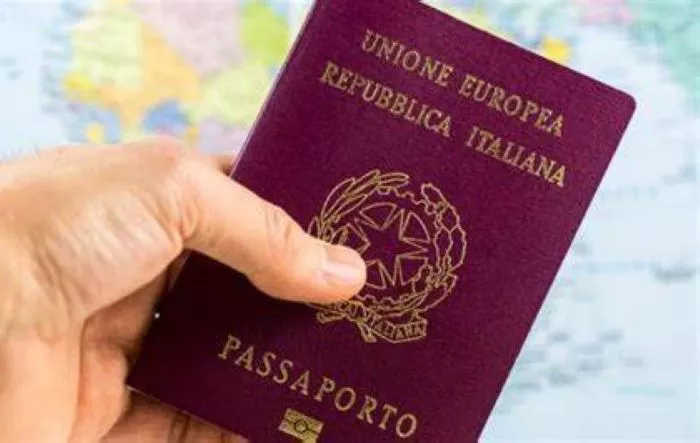The United States is a popular destination for travelers worldwide, including Italians who are drawn to its vibrant cities, breathtaking landscapes, and cultural attractions. However, before packing their bags, Italian citizens must understand the entry requirements imposed by the US government. The need for a visa depends on several factors, such as the purpose of the visit, the duration of stay, and the traveler’s eligibility for visa-free programs. This article provides a comprehensive analysis of whether Italians need a visa to enter the US, covering the Visa Waiver Program, different visa types, and exceptions to the rules.
Understanding the Visa Waiver Program (VWP)
The Visa Waiver Program (VWP) is a US government initiative that allows citizens of participating countries, including Italy, to travel to the United States for tourism or business purposes without obtaining a visa. The program was established to facilitate short-term visits while maintaining strict security measures. Italians who qualify under the VWP can stay in the US for up to 90 days without a visa, provided they meet all the requirements.
To be eligible for the VWP, Italian travelers must apply for authorization through the Electronic System for Travel Authorization (ESTA) before departure. ESTA is an automated system that determines the eligibility of visitors to travel under the VWP. The application process is entirely online and requires personal information, passport details, and answers to security-related questions. Approval is usually granted within minutes, but it is recommended to apply at least 72 hours before departure to avoid complications.
When Do Italians Need a Visa for the US?
While the VWP covers many short-term visits, there are circumstances where Italians must obtain a visa before traveling to the US. For instance, if an Italian citizen plans to stay longer than 90 days, work or study in the US, or engage in activities not permitted under the VWP, they must apply for the appropriate visa. Additionally, travelers who have previously been denied entry to the US or have a criminal record may not qualify for the VWP and will need to apply for a visa instead.
Another critical factor is the purpose of the visit. The VWP only permits tourism, business meetings, and short-term medical treatment. If an Italian intends to work, study, or immigrate to the US, they must apply for a specific visa category, such as a work visa (H-1B), student visa (F-1), or immigrant visa (green card). Each visa type has its own requirements, processing times, and fees, so applicants should carefully review the criteria before submitting their applications.
Types of US Visas Available for Italians
For Italians who do not qualify for the VWP or who plan to stay in the US for purposes beyond tourism or business, several visa options are available. The most common non-immigrant visas include the B-1/B-2 visa for business and tourism, the F-1 visa for students, and the H-1B visa for skilled workers. Each visa serves a distinct purpose and requires applicants to provide supporting documentation, such as invitation letters, proof of financial stability, and evidence of ties to Italy.
The B-1/B-2 visa is suitable for Italians who need to stay longer than 90 days or engage in activities not covered by the VWP. The application process involves completing the DS-160 form, scheduling an interview at the US embassy or consulate, and paying the required fee. Applicants must demonstrate strong ties to Italy, such as employment, property ownership, or family commitments, to prove they intend to return after their visit.
Student visas (F-1 and M-1) are necessary for Italians enrolling in academic or vocational programs in the US. Applicants must first be accepted by a US institution certified by the Student and Exchange Visitor Program (SEVP). They must then pay the SEVIS fee, complete the DS-160 form, and attend a visa interview. Proof of financial support and a clear study plan are essential for approval.
Exceptions and Special Cases
Certain situations may complicate the visa process for Italians. For example, dual citizens of Italy and another country must ensure they use the correct passport when traveling. If the second nationality is from a country not included in the VWP, they may need a visa even if they hold an Italian passport. Additionally, Italians who have visited countries under travel restrictions, such as Iran, Iraq, or Syria, may be ineligible for the VWP and must apply for a visa.
Another exception applies to Italian minors traveling to the US without both parents. In such cases, additional documentation, such as a notarized consent letter from the absent parent(s), may be required to prevent issues at the border. Travelers with prior visa denials or criminal records should consult the US embassy for guidance, as their eligibility for the VWP or a visa may be affected.
Conclusion
In summary, Italians do not need a visa to enter the US for short-term tourism or business visits if they qualify under the Visa Waiver Program and obtain an approved ESTA authorization. However, for longer stays, work, study, or other specific purposes, a visa is required. The type of visa depends on the nature of the visit, and applicants must carefully follow the application process to avoid delays or rejections.
It is crucial for Italian travelers to plan ahead, verify their eligibility for the VWP, and apply for the appropriate visa if necessary. Understanding the requirements and preparing the necessary documentation will ensure a smooth entry into the United States. Whether visiting for leisure, business, or education, Italians can enjoy their trip by complying with US immigration laws and regulations.

